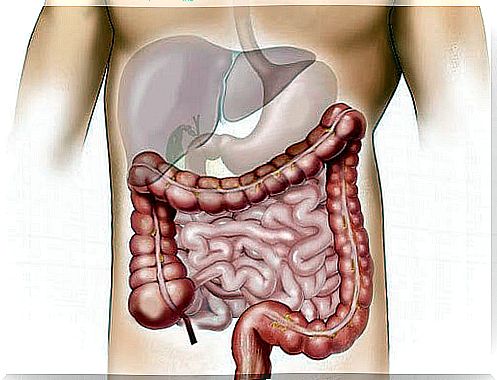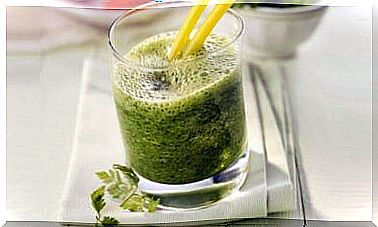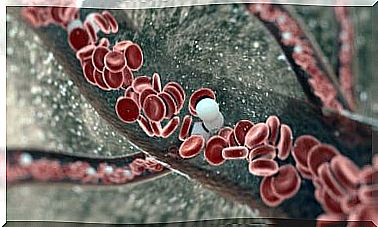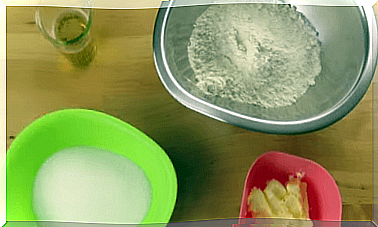World Digestive Health Day: How To Have A Good Microbiome
Every May 29 of each year, World Digestive Health Day is celebrated, as a proposal of the World Gastroenterology Organization (WGO). This has happened since 2005 and is supported by other organizations linked to the issue in 110 countries.
The choice of date responds to the fact that on May 29, 1958 the first world congress of gastroenterology ended in Washington, and there the creation of the world entity that groups the specialty was defined. Much later, in 2004, the project for a World Digestive Health Day was developed, which was launched a year later.
For each day, a gastroenterological health topic is chosen that takes place over twelve months, and then starts again. In this way, pathologies such as stomach cancer or colon cancer have had their moments of strong prevention campaigns.
Today, the gut microbiome is becoming increasingly important. Its care and the influence it can have on the development of disorders is the subject of research around the planet. Therefore, its approach is the main issue in digestive health.
What is the gut microbiome?
Talking about the microbiome or the microbiota is similar, although not the same. While the microbiota is the set of microorganisms that permanently inhabit an area of the body, the microbiome is those microorganisms plus the genetic material they possess.
Bacteria regularly live in the intestine, which undergo minimal modifications under normal conditions, and due to their stability they constitute the flora of the digestive system. When its regularity is lost, disorders appear that become systemic.
The gut microbiome has been linked to autoimmune diseases, psychiatric disorders, and degenerative pathologies. Allergies also constitute an important part of the human balance that is modified by these microorganisms.
On World Digestive Health Day, it is worth remembering that the microbiome is almost like a personal fingerprint. For each individual, the bacterial composition of the intestine is unique, and represents a seal of its balance with the internal environment and with the external environment.
Changes in lifestyle affect it, as does diet. There is an evolutionary process of these bacteria that accompany the growth and development of the body.

Three foods to have a good microbiome
On World Digestive Health Day, the emphasis is on the well-being of the digestive system. And a key part of it is the intestinal flora that persistently inhabits this area.
What we eat affects the microbiome. There are foods that stimulate the controlled growth of beneficial bacteria, while others destroy bacterial colonies, favoring the entry of harmful germs.
Three nutritional options that are protective and even stimulating of the normal flora of the intestine are the ones that we will share with you. Incorporating these products into the diet will protect us from external agents.
Fruits and vegetables
Vegetables and fruits are high in dietary fiber. Fiber is a component of food that we do not digest, but that regulates peristalsis, that is, the movement of the digestive tract.
In addition, these products contain substances considered prebiotics. Prebiotics are a micro-food that the bacteria in the intestine can take to strengthen and develop according to the needs of the body.
Scientific findings are interesting with artichokes, for example, which have been shown to increase the number of bifidus bacteria in the intestine. This group of microorganisms are protective of intestinal health. There are also plenty of prebiotics in lentils, chickpeas, and whole grains.
Fermented products
A fermented food is one that has already undergone a bacterial digestion in part. In fermentation, microorganisms take the sugar present in the product and convert it into something else, such as alcohol molecules.
Yogurt is the classic example of fermented ones. When ingested, the intestine receives a dose of bacteria that are present in the substance, and several of them settle in the intestine to continue living there.
However, it is not only yogurt that is the fermented option to feed the microbiome. The sauerkraut and kefir, typical and common foods in certain geographical areas, meet the same criteria.
Polyphenols
Polyphenols are components that have increased the volume of scientific studies regarding their properties. They are found in chocolate, wine, beer, almonds, and blueberries.
An adequate dose of polyphenols increases the proportion of bifidus bacteria in the intestine, in addition to adding cardiovascular protective effects. However, this is not generic, and each polyphenol alcohol acts differently in the human body.
World Digestive Health Day with a focus on the microscopic
The gut microbiome is microscopic, invisible to the human eye. But these bacteria are now considered part of the human being. Thanks to them we acquire a digestive stability that allows us to survive.
To take care of them we must follow a balanced and healthy diet that nourishes and stimulates them. There is still much to investigate about this microscopic world, but we already know that its influence on health is decisive.









